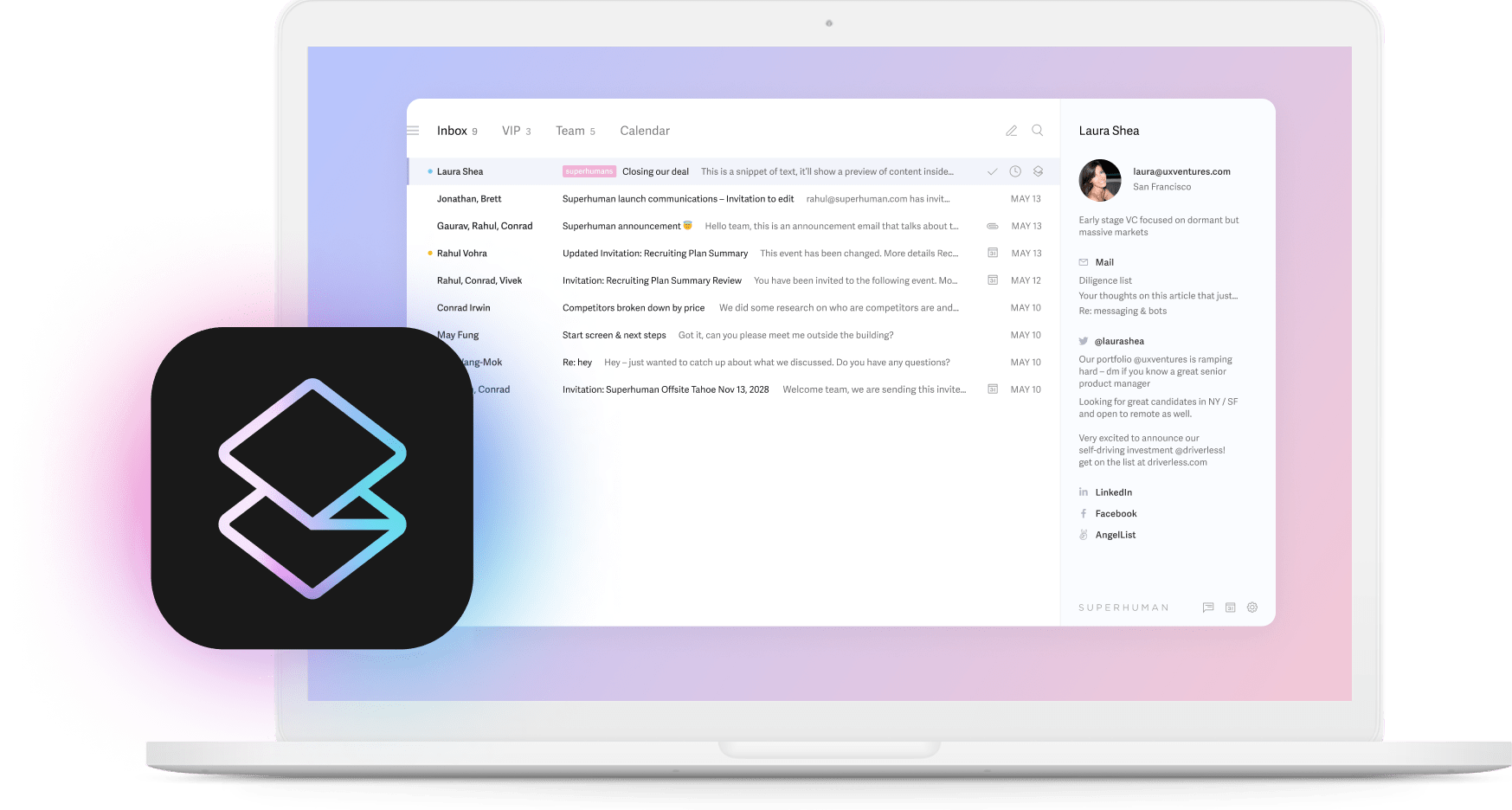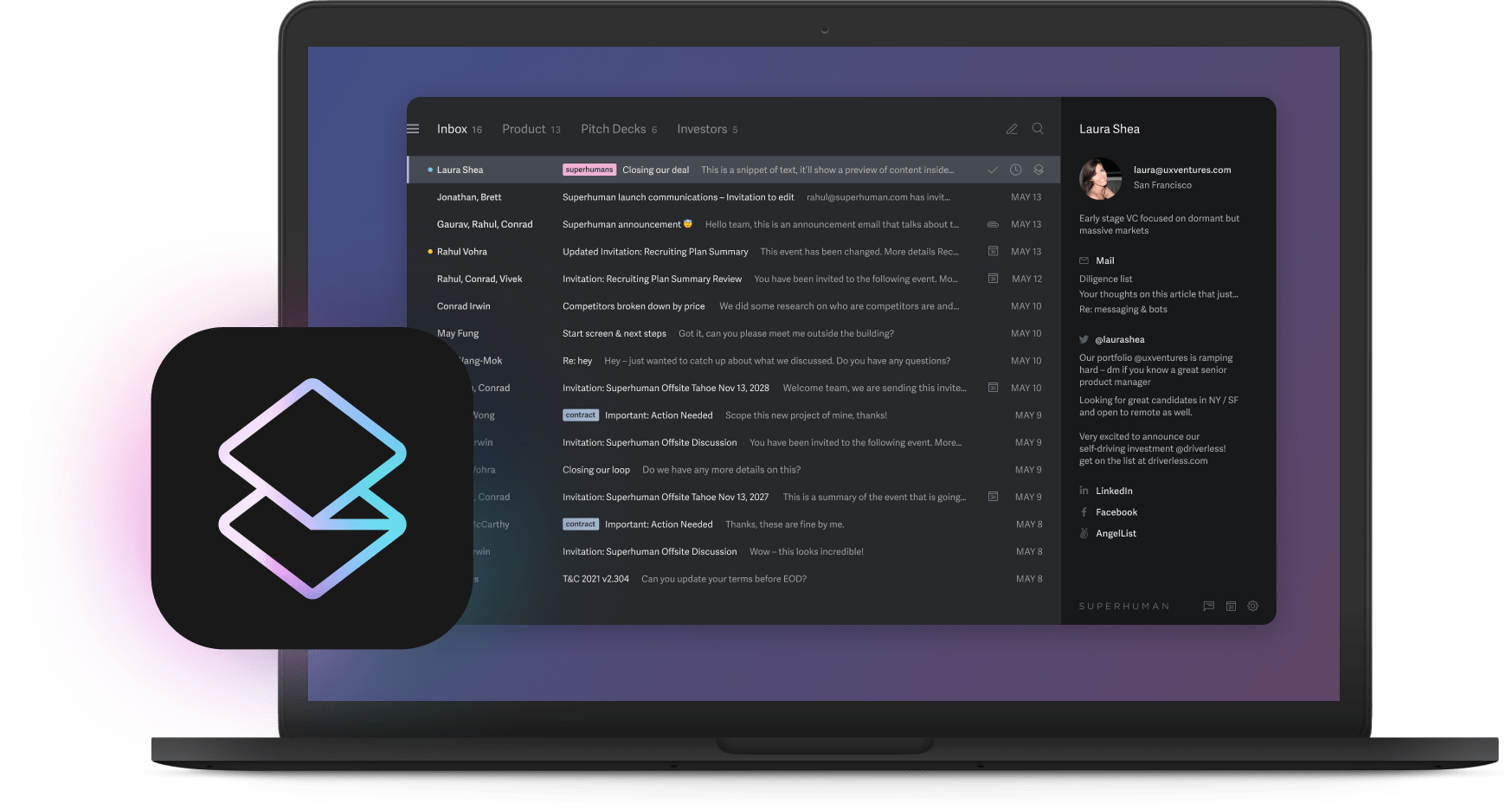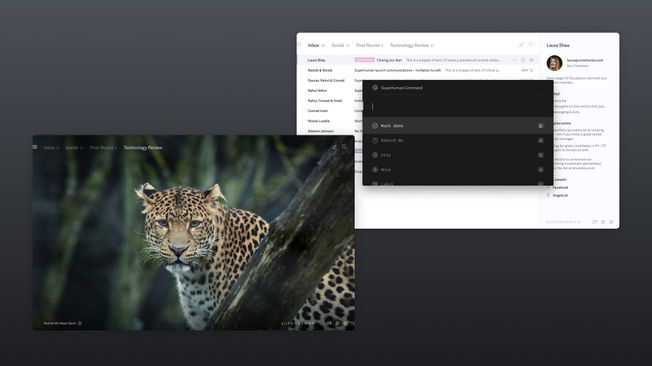
You're drowning in AI pitches. Every vendor promises transformation. Every consultant has a roadmap. Meanwhile, your competitors claim breakthroughs while you're stuck wondering if you're falling behind. Most AI strategies are expensive theater. The majority of AI projects never leave the pilot stage. The companies winning with AI aren't chasing moonshots. They're quietly automating the boring work that drains millions from their budgets every year.
This playbook shows you exactly how to turn AI from boardroom theater into measurable advantage. You'll learn why incremental automation beats grand reinvention, how to spot the hidden friction costing you millions, and which metrics prove real impact. We'll cut through the noise and focus on what ships, what saves money, and what gives you an edge your competitors can't match.
The strategy theater problem
Eight out of ten corporate AI strategies never leave the slide deck. They dazzle in boardrooms, then collect dust in shared drives while real work keeps running on spreadsheets. The gap starts with glossy roadmaps that promise transformation but ignore stubborn realities.
Your data lives in legacy tools nobody wants to touch. Legal teams flag bias concerns that weren't in the timeline. Budgets shrink when quarterly targets slip. Static, once-a-year AI plans crumble the moment they meet these production constraints. The result fills every enterprise with postponed pilots and cancelled proofs of concept that never reach the customers they were meant to help.
Why does theater persist? Executive decks often start from hype, not hard problems. Leaders treat AI as plug-and-play magic that will somehow fix everything. Meanwhile, data silos, talent shortages, and integration headaches create friction nobody planned for. Teams burn months aligning stakeholders while competitors ship working solutions.
Think about your last AI strategy presentation. How many slides became production systems? Headlines celebrate announcements, but your bottom line only improves when models run in workflows, decisions get faster, and costs drop. Flashy visions might win press coverage, but shipped code wins market share. Focus on projects that solve real pain this quarter, measure progress weekly, and turn the lights off on strategy theater for good.
AI optimizes, not revolutionizes
Forget the transformation fantasy. AI won't reinvent your business model overnight. Most AI wins come from tuning what already works, making it faster and cheaper. The reliable path runs through augmentation, not replacement.
Too many executives still think AI is magic. Plug it in, watch it transform everything. That thinking fuels oversized budgets and crushing disappointments. AI streamlines repetitive tasks so your teams can focus on judgment and creativity. Push for head-count cuts instead? You'll spread distrust through your workforce and kill adoption before it starts. Employees need to see AI as a tool that helps them, not a threat to their jobs.
Look at the numbers you can bank on today. AI-powered inventory management systems consistently reduce carrying costs through better demand forecasting. Customer service chatbots deliver measurable ROI by handling routine queries. Document processing tools slash error rates while freeing finance teams for strategic analysis. These improvements won't revolutionize your business model, yet each moves a cost line in the right direction.
When you stack 20% improvements across finance, support, and supply chain, the math becomes compelling. Superhuman customers who use AI save 37% more time than those who don't. Each optimized workflow feeds cleaner data to the next, creating a virtuous cycle of improvement. Better data means better decisions. Faster processes mean happier customers. The compound effect beats any moonshot project.
The innovation trap
The most glamorous AI demo rarely pays your bills. Real money sits in workflows that silently drain time and cash every day.
Consider expense processing. AI that extracts line items and matches receipts feels uninspiring, yet automation in invoice processing delivers significant reductions in manual entry time. Inventory algorithms look even duller, but predictive stock management reduces costs while preventing stockouts. Customer support automation delivers measurable ROI while improving response times.
Email offers the perfect example. Superhuman's Split Inbox automatically prioritizes what matters most, separating important messages from everything else. Instant Reply drafts responses before you even open your inbox. Teams using these AI-native features respond to twice as many emails and save 4 hours per person every week. The payoff surfaces through faster deal cycles, tighter customer relationships, and teams that can focus on strategic work instead of inbox management.
Why do leaders still chase flashy prototypes? Showy projects promise headlines, but mundane processes already have rich data and motivated employees begging for relief. When people see immediate value in their daily work, adoption happens naturally. A tool that saves someone an hour every day sells itself. A futuristic demo that might transform everything someday struggles to find champions.
Start by scanning the ledger, not the newsfeed. Which tasks keep salaries busy without adding strategic value? Invoice matching, email triage, ticket routing, and document review usually top the list. Pick one, automate it, measure the time saved, and reinvest in your next target. Momentum builds, costs fall, and soon you've built real competitive advantage.
The truth about ROI
A 20% efficiency gain might look modest on paper, but apply it to a $100 million cost center and you free up $20 million annually. You don't need new revenue or experimental products. Just pure margin improvement that drops straight to the bottom line.
Real AI pilots already deliver these results. Contact centers implementing AI chatbots report significant ROI within the first year. Inventory optimization consistently cuts process waste. Back-office automation reduces manual processing time by 30-40% while cutting compliance errors. Industry-leading companies are 3x more likely to report significant productivity improvements from AI.
The key is starting small and proving value fast. Pilots in the sub-million range can reach payback within twelve months when focused on specific problems with clear metrics. Compare that to transformational programs absorbing eight-figure budgets while stalling in endless integrations. When you focus on specific problems with clear metrics, success becomes repeatable. Each win funds the next pilot. Each pilot teaches you something new. Soon you're running multiple automations that collectively transform operations without the risk of a big-bang approach.
Five boring use cases that pay
The fastest path to AI value runs through daily chores that drain time and money. Each of these examples delivers measurable returns based on documented implementations.
Email intelligence transforms team communication. Superhuman's AI-native platform helps teams save 4 hours weekly, respond 12 hours faster, and handle twice as many conversations. Auto Summarize condenses long threads instantly, gathering context in seconds. Write with AI maintains your voice across every message by learning from your past emails. Shared Conversations lets teams collaborate directly in email without forwarding or switching apps. Rilla reported saving 10 hours weekly per team member using these features.
Invoice and expense automation gives finance teams immediate relief. AI extracts data, matches line items to purchase orders, and flags anomalies automatically. Research shows companies adopting these tools reduce manual entry significantly, freeing staff for strategic work. Accuracy improves because machines don't make typos. Close cycles shrink because processing happens instantly. Audits become manageable when every transaction has a clean digital trail.
Customer service automation works continuously. Chatbots handle routine inquiries about password resets, shipping status, and account balances. Human agents focus on complex cases requiring empathy and problem-solving. Organizations deploying AI assistants report significant ROI and reduced first-response time. Customers get instant answers while agents handle issues that truly need human touch.
Inventory optimization turns guesswork into science. AI demand forecasting analyzes sales patterns, seasonal trends, and external factors to predict needs precisely. Systems tighten reorder points and identify slow-moving items. Research documents reductions in carrying costs while reducing stockouts. Cash previously tied up in excess inventory flows back to the business.
Document processing eliminates paper chases. Natural language models read contracts, invoices, and forms in seconds, extracting key fields and highlighting discrepancies. Legal teams review hundreds of contracts for specific clauses without reading every page. Procurement processes purchase orders instantly. HR onboards employees without drowning in paperwork. Every department touching documents saves measurable time.
Red flags to avoid
The most spectacular AI failures share common warning signs. Learn to spot them before burning budget.
Watch for these patterns. Status reports focus on research advances, not business impact. Data owners hesitate to share because quality issues might surface. Success metrics keep shifting or remain undefined. Roadmaps show multiple proofs-of-concept but no production handoff. Updates celebrate new dashboards instead of usage numbers. Teams talk about potential more than performance.
When you see these signs, pause and recenter on a single workflow. Define the problem in one sentence, attach measurable outcomes, and commit to a release date. If you can't explain the value to a skeptical CFO in under a minute, you're not ready to build. Small wins build trust, surface issues early, and create momentum for scale. Big dreams without clear paths waste time and erode confidence.
Budget reality
You can burn $10 million on strategy theater or invest a fraction in pilots that pay back this quarter. Many enterprises choose theater. They hire consultant armies, fund massive data lakes, and sketch three-year roadmaps. Talent shortages, legacy integration, and scope creep inflate costs while projects never leave labs.
Compare the focused approach. Start with one cost center and a $1 million pilot envelope. This covers secure SaaS fees, data preparation for a narrow slice, internal specialists plus vendor support, and lightweight change management. Tight scope means smaller hurdles and faster value. You can always expand successful pilots, but you can't shrink failed megaprojects.
Modern AI-native tools demonstrate this principle. Teams using Superhuman save 4 hours weekly and respond 12 hours faster. UserGems increased reply rates by 50% while cutting email time in half. Deel reduced email response time from days to hours. These documented gains multiply across revenue teams, unlocking thousands of productive hours for a fraction of traditional transformation budgets.
Pilot loops move fast. In the first four weeks, you define workflow, clean data, and launch a prototype. During months two and three, you measure saved hours and error reduction, then scale or kill. In months four through six, you integrate core systems, automate reporting, and train additional teams. This cadence creates natural checkpoints where you can adjust or abandon without massive sunk costs.
Metrics that matter
Your board doesn't care about models trained. They care about hours and dollars saved. Vanity metrics drain credibility while reality metrics keep budgets alive.
Track these five dimensions consistently. Minutes per task shows immediate impact when automation cuts processing time. Error rates per thousand transactions reveal how AI eliminates costly rework. Decision quality improvements appear in forecast accuracy and risk ratios. Customer satisfaction shifts when AI shortens wait times. Employee productivity surfaces through workload surveys validated against throughput data.
Superhuman customers using AI respond to email twice as fast as those not using AI features. They send and respond to 72% more emails per hour. Top performers are 60% more likely to use AI assistants five times daily. These metrics translate directly to business outcomes.
Automate collection in lightweight dashboards that update weekly. Show trends, not snapshots. Compare performance against baselines, not abstract targets. When executives see steady improvement week over week, they'll fund expansion. When metrics stagnate or decline, you'll know to pivot before wasting more resources.
Your six-month path
Transform AI from talking point to profit center with this proven schedule that balances speed with discipline.
During weeks one and two, shadow teams to understand their actual workflows. Quantify friction in hours and dollars. Rank problems by potential impact. Surface the single workflow that causes the most pain and has the clearest path to automation. Get executive sponsorship and confirm data access before moving forward.
In weeks three and four, pick an off-the-shelf tool that solves 80% of your chosen problem. Avoid custom development at this stage. Keep scope narrow with one department and one use case that you can measure in 14 days. Build clear success criteria and kill switches. If the pilot doesn't show value quickly, you need to know immediately.
Through months two and three, track only what matters. Hours saved, errors reduced, and team satisfaction. Ignore everything else. If metrics don't improve after four weeks, make one pivot attempt. If that fails, kill the project and try something else. Most failures happen because teams won't admit when something isn't working.
From months four through six, scale what works. Automate reporting so metrics update without manual effort. Embed successful pilots into OKRs so they become part of normal operations. Expand to adjacent teams facing similar problems. Document everything in simple, accessible formats that new users can understand.
Week 2 needs problem statement signed, budget approved, data owner assigned. Day 28 requires pilot live with baseline captured. Day 60 demands go/kill decision backed by quantified results. Day 90 needs scale roadmap including security and compliance review. Day 180 requires automated dashboard feeding leadership with clear ROI metrics.
Keep governance lightweight. Cross-functional teams meet 30 minutes weekly to unblock issues and approve next steps. No lengthy status reports. No steering committees. Just quick decisions based on data. This cadence replaces theater with results.
The closing truth
Slide decks never saved a dollar or delighted a customer. Yet strategies stall in PowerPoint while competitors ship working code. You win when systems move data, serve customers, and free your team's time.
Start with one fix you can release next week. Automate invoice entry, route emails with basic rules, or deploy a simple chatbot. Each release builds confidence, uncovers real problems, and creates foundations for the next improvement. Success breeds success. Teams that see quick wins become advocates for more automation.
The Superhuman app exemplifies this approach. By focusing on speed and measurable outcomes, teams respond 12 hours faster, handle twice as many emails, and save 4 hours every week. Each feature solves a specific pain point. Each improvement compounds with the others. 87% believe AI at work is necessary to maintain competitive advantage.
Pick one painful process and set a 30-day deadline. Ship something that works, measure the impact, iterate based on feedback, then attack the next bottleneck. Keep score in hours saved, errors avoided, and customers impressed. While others polish slides, you'll be building systems that generate real value. Results compound. Theater doesn't. Start shipping.





